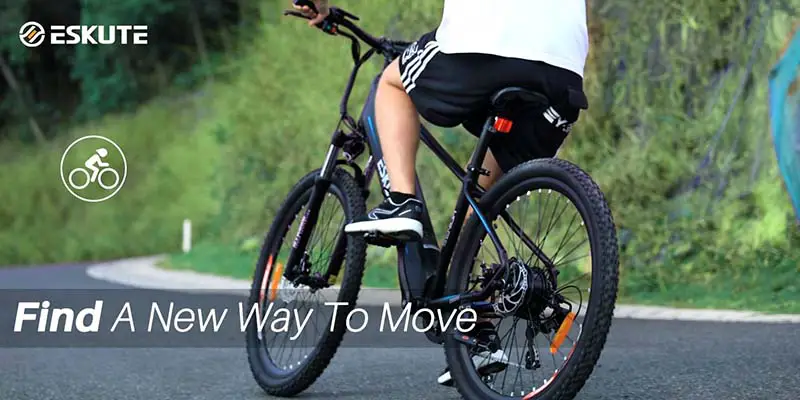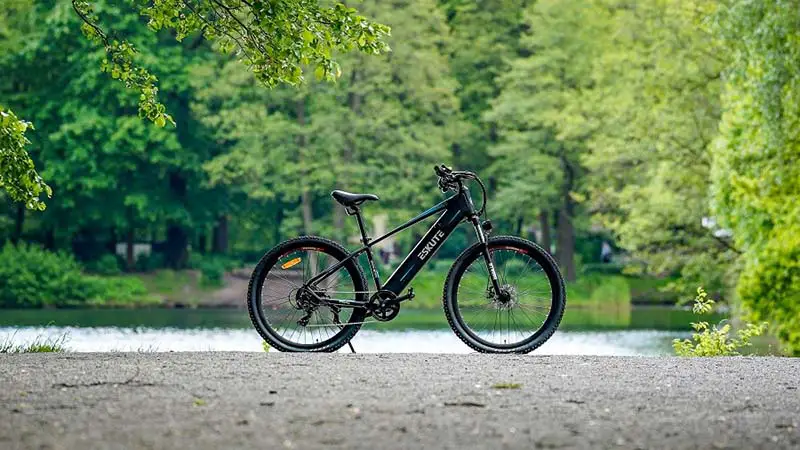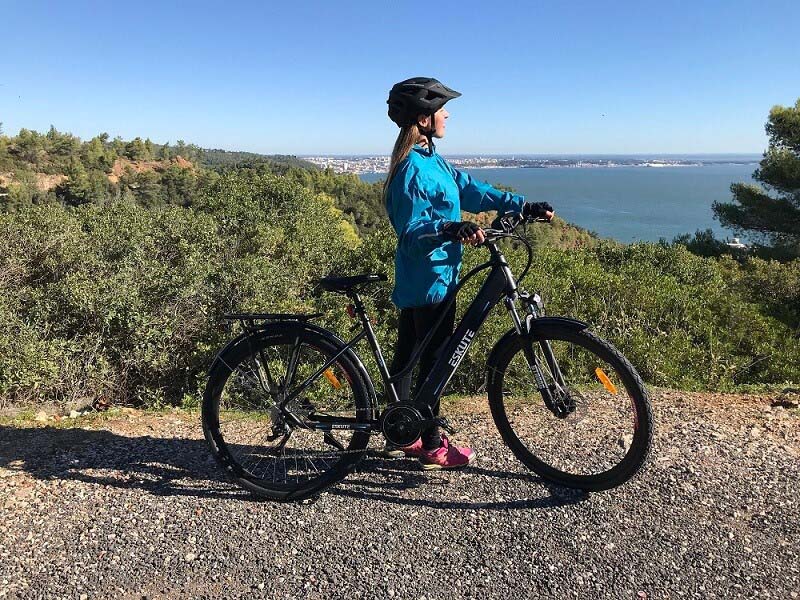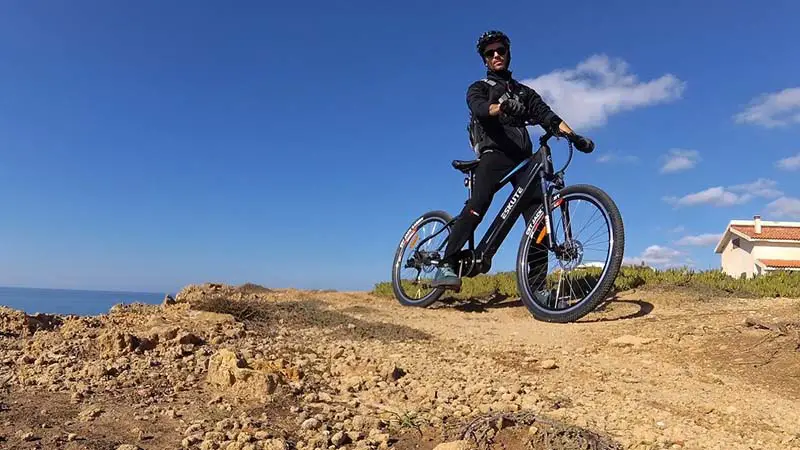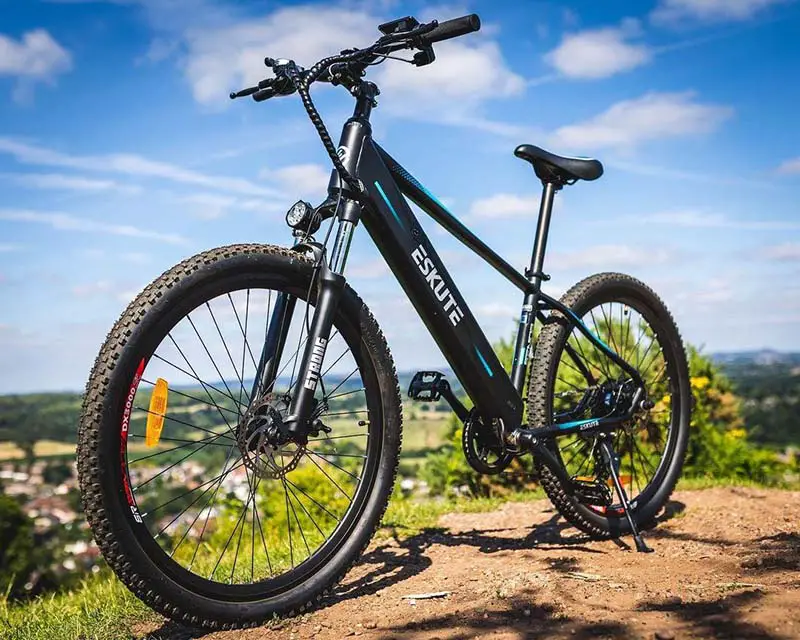Click here to get this post in PDF
Electric bikes, or e-bikes, are seeing huge popularity today. There are an increasing number of people who are looking to purchase an e-bike over regular bikes because of their convenience and practicality in everyday life, but there are also some potential safety concerns with these types of bikes that you’ll want to be aware of before making your decision on whether or not to buy one.
Here are five things you should know before purchasing an electric bike.
1) Motivate Yourself
Your attitude is one of your most powerful tools when it comes to choosing a bike. Your motivation is likely why you want a bike in the first place. Maybe you want more exercise, or maybe you just want more freedom when travelling around town. Or perhaps you are an employer looking to offer employees the opportunity to obtain electric bikes through an employee benefits or awards scheme.
Whatever your reasons are, remember that investing in a quality e-bike will pay off even more if you’re using it as a tool for something you really care about and are passionate about. And who knows? You might learn something about yourself along the way. Also: get excited! This is fun stuff!
2) Why electric bikes?
Electric bikes are a rising trend in urban areas and around college campuses. If you’re interested in learning more about why electric bikes are so popular and which models to consider, read on! After all, now that you’ve got your eye on an electric bike, it’s time for some homework.
Since there are many different types of electric bikes out there, it’s smart to get familiar with what each type of electric bike has to offer before deciding on one specific model. To get started let’s first talk about how electricity powers these bicycles and look at what makes them tick.
Although most of us are familiar with vehicles powered by gasoline or diesel, fewer people know about electrical vehicles (EVs). All vehicles run on some form of energy like combustion or electrical power – either directly as in combustion engines or indirectly through storage devices like batteries – but only EVs can be recharged like our cell phones.
3) How Much You Can Spend on an E-Bike
The electric bike market has changed dramatically in recent years. While e-bikes used to be prohibitively expensive, new models have slashed prices by as much as 50%. There is a lot of new ebike model online, and you can get a decent one for under $1,000.
4) Consider What You Want To Do With Your E-Bike!
When you’re shopping for an e-bike, think about how you want to use it. Do you want something for gentle cruising? Or do you need a bike that can carry your kids or haul some cargo? Will you be commuting from home or taking a long ride in parks and paths? All these considerations should factor into how and where you shop for your bike.
Some people will decide that being able to offer their family a ride on trails or around town is worth giving up some power. Other riders may decide they don’t care what others think—they enjoy getting to zoom off at top speed whenever they feel like it! Either way, take your time deciding what kind of rider you are before making a purchase decision.
If you are more adventurous, keep in mind that there are lighter bikes out there with more suspension travel—they might give better traction when going over bumpy terrain. For simplicity’s sake, don’t forget about buying new accessories for safety too!
5) Don’t Forget About Safety
An electric bike provides a safe, low-impact workout, making it an excellent choice for those looking to get in shape without impacting their joints. But if you’re new to exercise or don’t yet have a clear picture of your fitness goals, there are a few things you should keep in mind before hitting buy.
First, think about how and where you ride: Will it be mostly indoors or outdoors? How far do you need to go? What sort of terrain will you cover? Knowing these details will help you determine which features like speed and distance per charge matter most.
The more power a motor delivers, for example, the faster you can expect to travel on flat ground—and even some hills may not give it enough torque to make progress on very steep grades. So how fast is fast enough? Generally, motors that travel at 20 miles per hour or quicker are considered suitable for riders between 120 and 220 pounds—again, depending on terrain conditions.
You may also like: An Introduction To Electric Cars For Businesses
Image source: Eskute.co.uk
